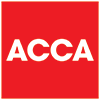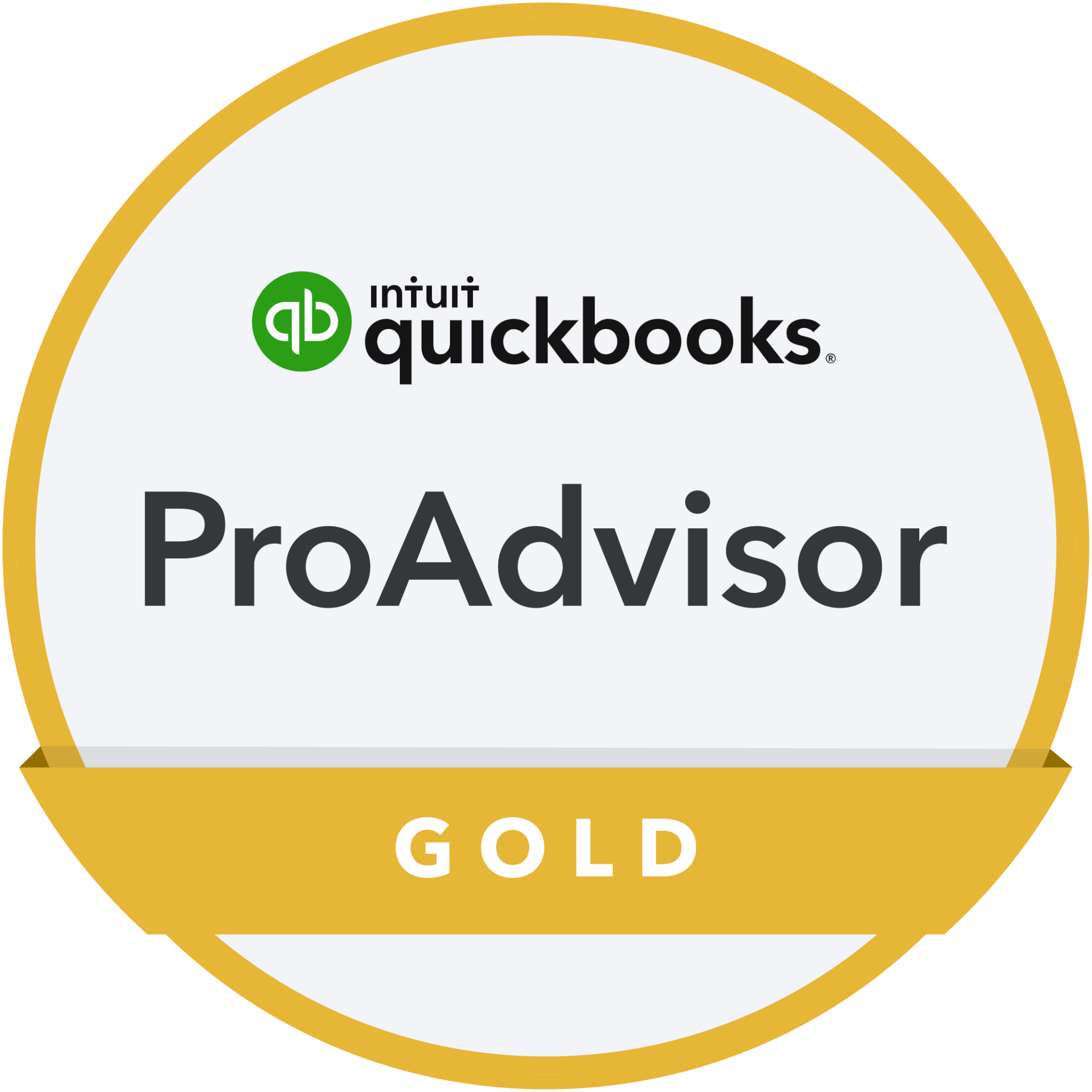Are you hitting your business goals?
We’re over halfway through 2023, so now’s the time to review your progress for the year so far.
It’s been a tough start to the year. Inflation and interest rates are far higher than was expected in forecasts. A skills shortage and the cost of energy, together with increases in prices across the board continue to cause real pain, to businesses and society generally.
There is some positive news though!
The Institute of Directors’ (IoD) Index for Business Leader Optimism stabilised at -6 in May, which is a distinct improvement on the -64 that was reported in November 2022.
According to the survey, 55% of business leaders expect revenues to rise in the year, compared to 19% who expect theirs to fall. Another 35% expect to increase their headcount in the next year, far more than double the number, at 14%, who expect theirs to reduce.
Ultimately though, there’s still a definite air of uncertainty that we’re all going to have to contend with.
How can you ensure your business doesn’t just survive, but thrives in the current economic climate?
Business tax planning
There are some considerable challenges this year:
- Corporation tax is higher for some companies.
- Dividend tax allowances have been reduced.
- The pressure on salaries resulting from the ongoing cost of living crisis is further complicated by the freezing of the income tax threshold, and the capital gains tax allowance has been reduced.
A great place to start with your mid-year review is to check whether your business is as tax-efficient as possible and create a tax plan.
1 Allowable expenses
The tax plan for every business will be different, but most can reduce their tax burden by claiming every allowable expense possible. By offsetting these against your pre-tax profit, you reduce your tax bill as you’re reducing the figure HMRC applies a tax rate to.
To be allowable for tax purposes, expenses must be incurred “wholly and exclusively” for business purposes. So, training courses, staff expenses, stock for resale, raw materials, business travel, marketing costs, home office costs and uniforms (but not ‘regular’ clothes you wear to work) are all allowable, as long as they fit HMRC’s criteria.
The most important part of allowable expenses is to ensure that your bookkeeping and record keeping is accurate. If you lose a receipt for an expense, for example, and HMRC ask, you may struggle to convince them of the veracity of your claim.
2 Capital allowances
If you purchase longer-life assets, you may be able to write off their value from your pre-tax profit through capital allowances.
Some, like the annual investment allowance (AIA) and temporary full expensing scheme, allow you to claim the full amount of certain assets in the same year you purchased them.
Then there’s the writing-down allowance, which a lot of companies use if they exceed the AIA limit (£1 million) or the asset does not qualify for the AIA or full expensing. This scheme allows the business to claim 6% or 18% of the value of an asset each accounting year, depending on the asset.
Finally is the first-year allowance, which allows you to claim the full cost of specific assets like electric cars and refuelling equipment.
3 Other reliefs
Limited companies in particular stand to gain from a range of tax reliefs, including:
- Research and development tax relief if you’re attempting to make an innovative contribution to science or technology.
- Reliefs for creative industries if you’re in the theatre, film, television, animation or video game industries.
- Relief if you make a loss from trading, the sale of a capital asset or property income.
There are other ways to reduce your tax liability too. If you’re a client of ours, we’ll take account of those for which you qualify and include the adjustments automatically. If you’re not a client of ours, be sure to speak to your own accountant to make sure they’re including all that they should on your behalf.
Managing cashflow
The message we’re getting from a lot of clients is that cash is generally tight at the moment, so if you’re feeling the pressure, you’re not alone!
No matter how many times you’ve tried cutting costs or increasing prices to improve your cashflow, it’s always worth checking whether there’s somewhere else you can improve.
Take a look at our Rebound Resources around cash; they were created during the pandemic, but are just as relevant in the challenging economy now, as they were then!
1 Increase the flow of cash into your business
Proper invoice management is a relatively simple way to get more cash into your business. It can be as simple as making sure you send your invoices as quickly as possible so you get paid faster. You could also consider early payment discounts or late payment fees.
If you’ve got stock of any kind sitting on your shelves, think about adding discounts to those, to turn them from items you’re storing, into cash in the bank.
Finally, if you’re expecting a temporary cashflow shortfall, consider short-term financing, such as invoice financing, to get the cash you need to cover the period of pressure.
2 Decrease the flow of cash out of your business
There are a number of ways you can control how quickly you spend the cash from your business.
For instance, you could investigate the potential cost savings of an alternate location by downsizing, or moving to serviced offices, or working from home.
Have you looked at how you buy stock? Big orders often come with discounts attached, as long as you have the cash flow to purchase them and the space to store them.
Looking at your staff structure may be an option, particularly if you’re struggling to recruit, as so many businesses are. Could you make the full time position suitable for two part-timers? Or utilise freelancers?
There is an argument for switching from print to digital marketing, though this can be a controversial suggestion as it’s a very popular move, and switching back may actually make you stand out from the crowd in from a marketing perspective!
Remember the basics though, and make sure you’ve cancelled all the free trials you signed up for and that you haggle with your suppliers!
3 Cashflow forecasting
Creating a cashflow forecast is essential to manage your cash properly. If you have no idea of the amount of cash you can expect to flow through your business in a period of time, you can’t possibly plan ahead?
Again, do take a look at our Rebound Resources for more detail here.
It will also enable you to spot looming issues before they become a problem or show you the size of the potential hole you’re facing and give you some time to act to fill it before it hits.
When drawing up any forecast, it always pays to look ahead and consider the impact of different scenarios, or ‘bumps in the road’ that you’ve hit before, such as losing a member of staff to long term sickness for an extended period, or the delay in delivery of a key supplies order. Using your earlier experiences, you can see where the pressure becomes worst, and be prepared for the worst.
The pandemic proved to a lot of business owners the need for them to have a cash buffer to fall back on when the unexpected occurs, and accurate forecasting will give you the peace of mind that you can ride through any bumps that crop up.
The importance of regular accounting
Good accounting is about more than submitting your annual accounts at year-end: you can also split the year into smaller ‘accounting periods’ to keep on top of your finances so you can make well-informed business decisions.
This is where regular bookkeeping and Management Accounts come in. The bookkeeping ensures you can trust the reports that can come out of your bookkeeping system, and Management Accounts adjust the numbers to ensure you’re looking at ‘proper’ and reliable figures.
The standard reports from your system are helpful, but they won’t usually take account of things like prepayments, accruals and work in progress, which can have a dramatic effect on the true profitability of a business.
There’s little point in producing management accounts if they’re not accurate!
That’s essential for ambitious business owners, especially during 2023 with lingering uncertainty.
Regular accounting will also streamline the bookkeeping workload as the effort will be spread across smaller batches of time over the year, making the year-end effort easier.
The pay-back come from accurate accounts that tell the true story of your business, reveal hidden problems and highlight potential opportunities.
How can we help?
If you’re unsure of any of the above, please get in touch. We can act as a sounding board, give you suggestions, help you identify and implement Apps or bolt-ons to your software to help, or training if it’s needed. If you’d like us to, we can help you set up a regular management account process, or prepare them for you.
The second half of 2023 is going to fly by as quickly as the first half has, so do get in touch if we can help you achieve your goals before you blink and we’re heading into 2024!
Business News
We send regular updates that keep clients aware of changes and suggestions on a wide range of subjects; if you’d like to receive those too, just add your details below and we’ll do the rest! We promise not to bombard you and you can unsubscribe at any time.


